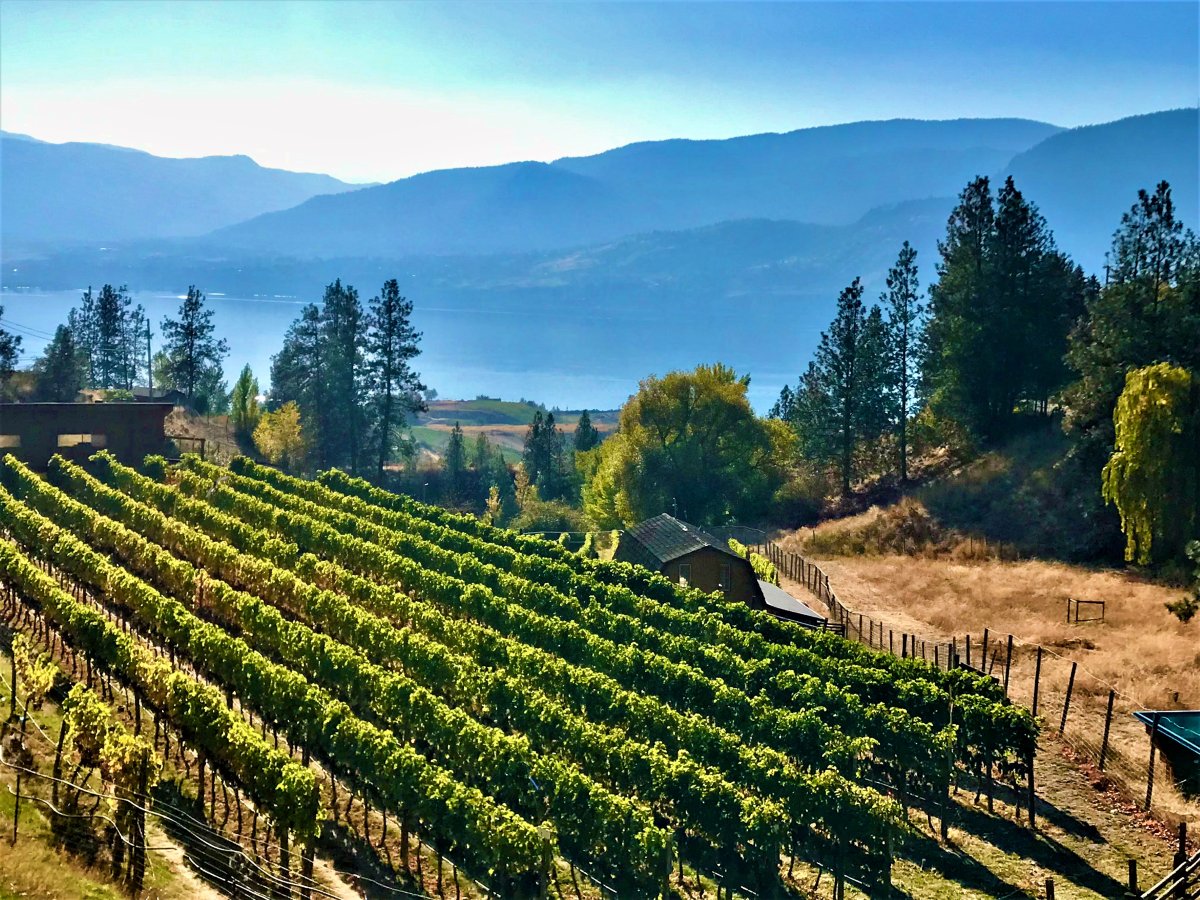South Okanagan vineyards were devastated this year when a late winter cold snap destroyed swaths of fruit, and now area chambers of commerce are issuing a call for help.

“Crops that were destroyed will need to be replanted, and it takes up to five years before they are at full growing production,” Katie O’Kell, Penticton chamber of commerce director and co-owner of Serendipity Winery, said in a press release.
“Not only does that have a massive financial impact between the added labour to nurture the new vines to maturity and the lost revenue in between, but wineries (that) saw a third or more of their crops destroyed may not be able to ferment enough grapes to keep their wine manufacturing license while waiting for their crops to grow back.”

Among the more pressing issues is the fact that the provincial regulations mandate that wineries produce 4,500 litres of wine each year and use at least 25 per cent of the grapes from their own acreage.
“The majority of wineries in the South Okanagan are classified as land-based, meaning that on top of using 25 per cent of grapes from your own vineyard, you must supplement the rest of your order with other B.C.-grown grapes.” said chamber president Nicole Clark.
“Before this cold snap, B.C. grapes were already 10 times more expensive than grapes produced in places like Chile. Now with 2023’s supply significantly impacted, we are seeing that cost increase up to 15 times higher than out-of-country grapes.”
The Penticton Chamber’s executive director, Michael Magnusson, said it would be an immediate help if the province reduced minimum production to zero litres over the next three to five years for all of the wineries that are now in the process of re-growing a third or more of their crops.
He also said it would be beneficial to suspend the requirement for affected wineries to use 25 per cent of their own grapes in production, so long as their production level does not exceed previous years.

“The last thing they should have to worry about is the threat of losing their license because they can’t temporarily meet minimum thresholds,” Magnusson said.
The chambers are also urging the federal government to make available no-to-low-interest loans, much like the Canada Emergency Business Account (CEBA) loan program, to help wineries finance the costs of replanting and operate with decreased revenues during these difficult times.
“Some of our wineries have been hurt to the point where 2023 will be a complete loss for them,” Denise Blashko of the South Okanagan Chamber of Commerce said.
“They’re at risk of losing their license based on current legislation, and they won’t have the revenues to cover their costs during the years it will take them to regrow their crops.”
Temperatures dropped in late December of last year, and in some areas of the valley dipped close to -30 C.
“It seems to be more and more common recently, but what was unique about this event is it seemed to be much more widespread all the way down south to Osoyoos,” Wine Growers British Columbia president Miles Prodan said in April.

Researchers performed a bud dissection that outlined potential damage from the extreme cold temperatures. According to Wine Growers British Columbia, there could be 50 per cent fewer wine grapes this year.
The most damage is expected to be in the South Okanagan, an area that is known for its red wine varieties that need sun and heat to fully develop.
Prodan said 80 per cent of the wine grapes in the province are grown between Oliver and Osoyoos, many of which are red.
- As Loblaw boycott begins, what to know about all the company’s brands
- Nearly 60% of retirees are supporting adult children financially, survey finds
- $34B Trans Mountain pipeline expansion project opens after years of construction
- Toxic metals in vapes may pose major health risks for youth, study finds




Comments